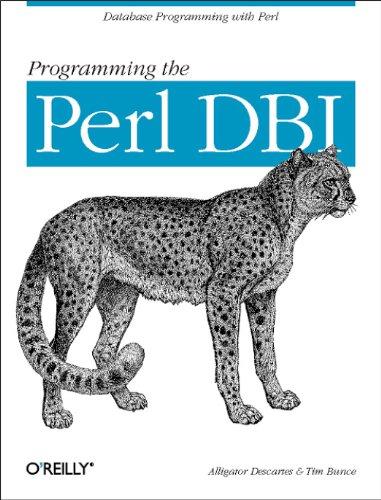Answered step by step
Verified Expert Solution
Question
1 Approved Answer
Consider a matchstick game where two players take turns removing 1 , 2 , 3 , or 4 matches from a pile of n matches.
Consider a matchstick game where two players take turns removing or
matches from a pile of matches. The winner is the player who removes the last
match. In the context of algorithm design, which type of problem does this
matchstick game represent if the game is played optimally?
SOLUTION
If the initial number of matches, is not a multiple of the first player can win if
they play optimally see the Optimal Strategy below
If is a multiple of the first player will lose if the second player plays optimally
the Optimal Strategy below In this case, the player can pick any number of
matches.
Optimal Strategy:
The player aims to ensure that the remaining number of matches after their move is
a multiple of So if the current number of matches, is not a multiple of the
player removes nmod matches in each turn.
Repeating the Strategy:
The player repeats the Optimal Strategy throughout the game to maintain control
and assure their victory.
Example:
Assume there are initially matches on the table. The game proceeds as follows:
Player removes match, leaving matches.
Player removes match, leaving matches.
Note: If Player removed matches, then Player should remove
matches in the next step. If Player removed matches, then Player
should remove matches in the next step. If Player removed
matches, then Player should remove match in the next step.
Player removes matches, leaving matches.
Player removes matches, leaving matches.
Note: Player can remove any number of matches they want. It
doesn't matter at this point, as Player can scoop up what is left and
win.
Player removes matches and wins the game.
HINT: The magnitude of defined as the number of digits in its decimal
representation, serves as a measure of the problem's size.
An example of a "Decrease by a Constant Factor" problem.
An example of a "Decrease by Constant" problem.
An example of a "Variable Size Decrease" problem.
This problem does not fit any of the mentioned problem types.

Step by Step Solution
There are 3 Steps involved in it
Step: 1

Get Instant Access to Expert-Tailored Solutions
See step-by-step solutions with expert insights and AI powered tools for academic success
Step: 2

Step: 3

Ace Your Homework with AI
Get the answers you need in no time with our AI-driven, step-by-step assistance
Get Started


